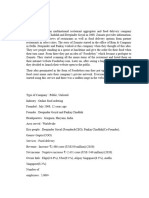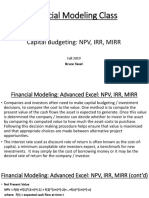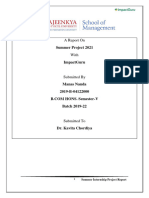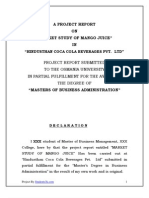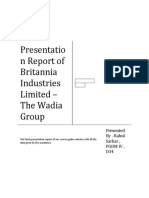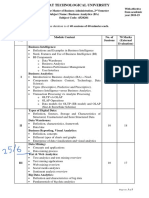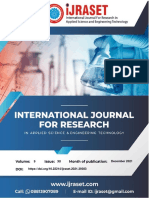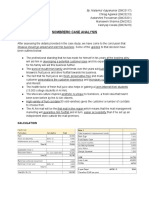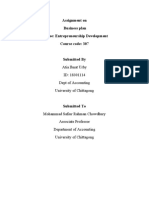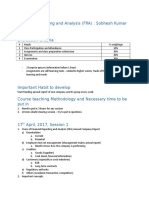0% found this document useful (0 votes)
153 views12 pagesText Mining for Data Insights
Text mining and data mining are closely related fields that involve analyzing large datasets to discover useful patterns and insights. Text mining specifically focuses on analyzing unstructured text data using natural language processing, machine learning, and other techniques. Common text mining applications include sentiment analysis, topic modeling, text classification, and summarization. A typical text mining workflow involves collecting text data, preprocessing it, extracting features, building models, evaluating results, and visualizing and reporting insights.
Uploaded by
shashank singhCopyright
© © All Rights Reserved
We take content rights seriously. If you suspect this is your content, claim it here.
Available Formats
Download as PDF, TXT or read online on Scribd
0% found this document useful (0 votes)
153 views12 pagesText Mining for Data Insights
Text mining and data mining are closely related fields that involve analyzing large datasets to discover useful patterns and insights. Text mining specifically focuses on analyzing unstructured text data using natural language processing, machine learning, and other techniques. Common text mining applications include sentiment analysis, topic modeling, text classification, and summarization. A typical text mining workflow involves collecting text data, preprocessing it, extracting features, building models, evaluating results, and visualizing and reporting insights.
Uploaded by
shashank singhCopyright
© © All Rights Reserved
We take content rights seriously. If you suspect this is your content, claim it here.
Available Formats
Download as PDF, TXT or read online on Scribd
/ 12
